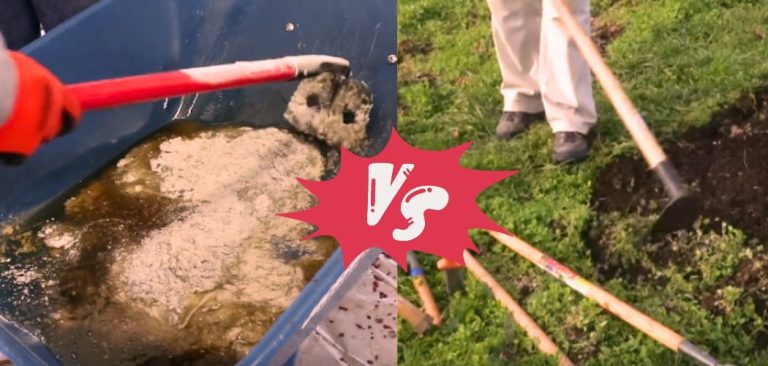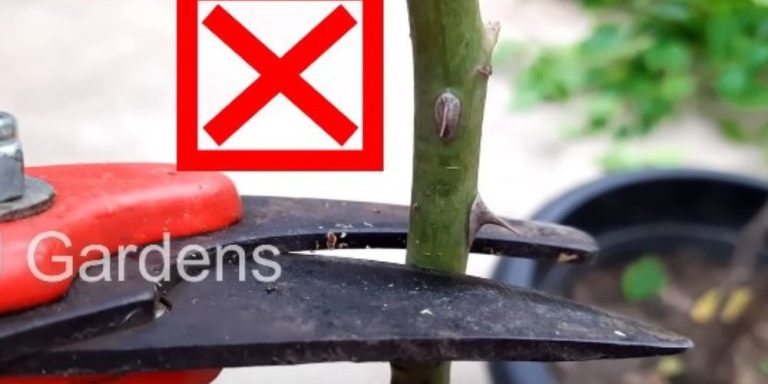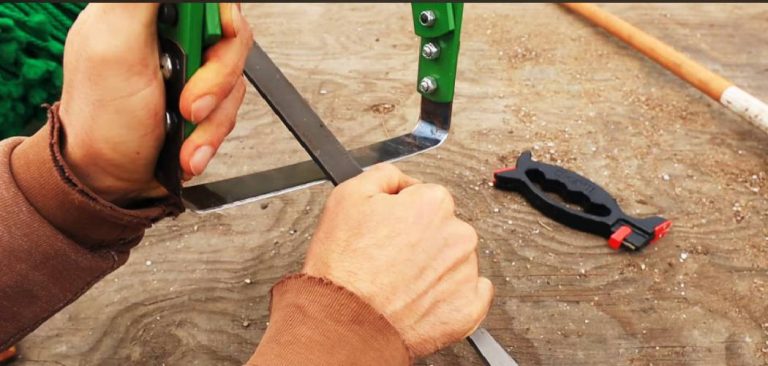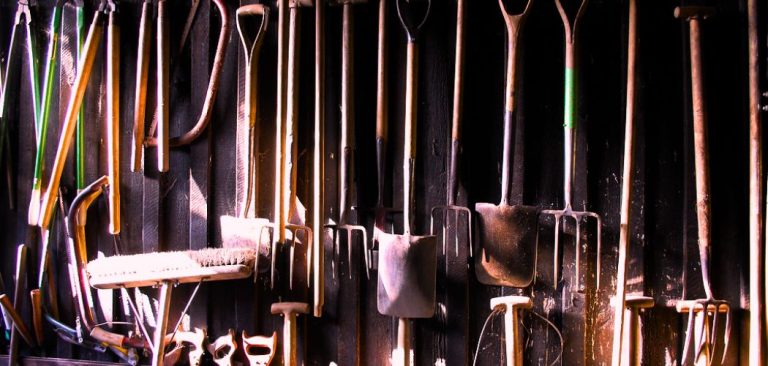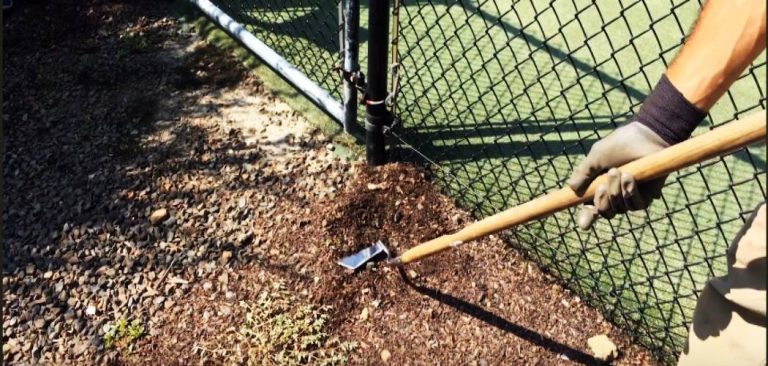Types of Sprayers in Agriculture
Agricultural sprayers are vital for farmers to protect their crops from pests and diseases. Several types of sprayers are available in the market, each with unique features and benefits. In this article, we will discuss the different types of sprayers in agriculture and their uses.
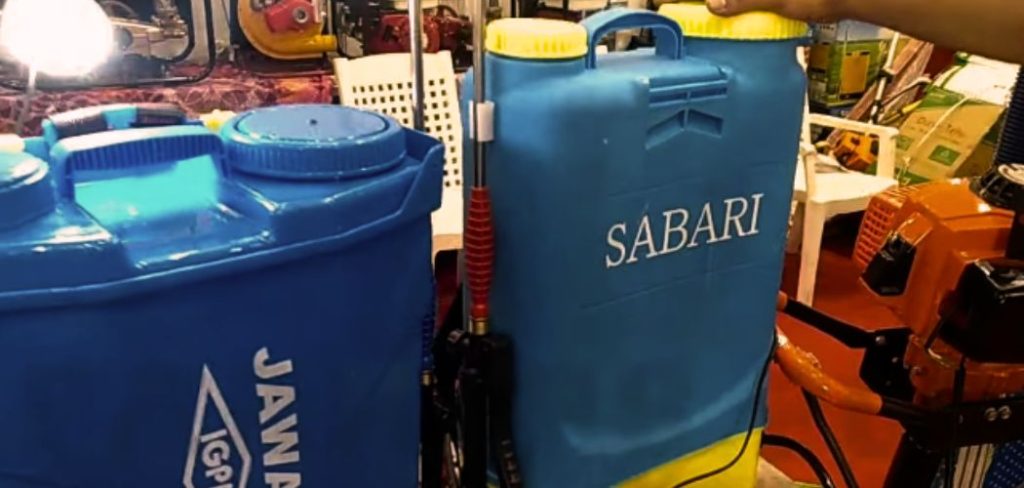
The first type of sprayer is the handheld sprayer, which is commonly used for small-scale farming. These sprayers are lightweight, easy to use, and require minimal maintenance. They are ideal for spraying small areas like vegetable gardens or orchards.
Another type of sprayer is the backpack sprayer, designed for larger areas. These sprayers are worn on the back, allowing the farmer to move freely while spraying.
They are ideal for spraying large areas like vineyards or fruit orchards. Backpack sprayers come in different sizes and can hold varying amounts of liquid, depending on the farmer’s needs.
Overview of Agricultural Sprayers
Agricultural sprayers are essential tools for farmers and growers to apply pesticides, herbicides, and fertilizers to crops. These sprayers come in various types, each designed for specific applications and crop types.
One of the most common sprayers is the boom sprayer, which uses a series of nozzles mounted on a boom to deliver a uniform spray pattern. Boom sprayers are suitable for large-scale operations and are often mounted on tractors or other vehicles.
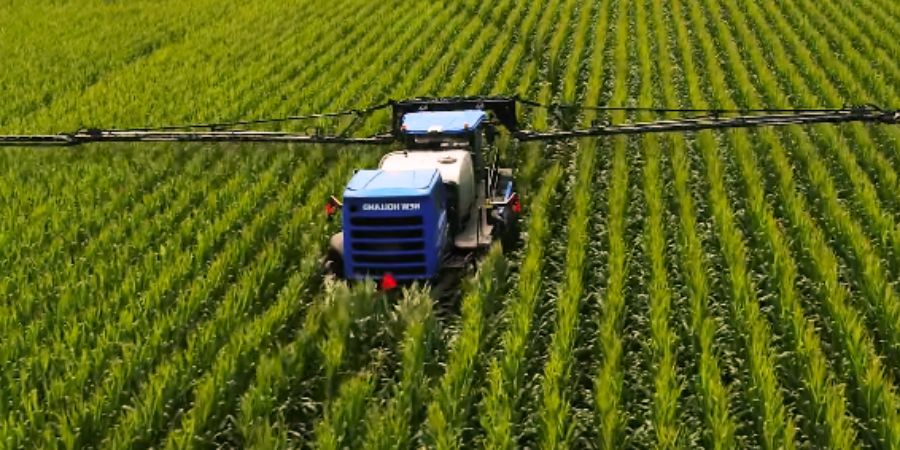
Another popular type is the backpack sprayer, ideal for small-scale operations or for applying treatments to hard-to-reach areas. These sprayers are lightweight and portable, making them easy to manoeuvre in tight spaces.
Airblast sprayers are another type commonly used in orchards and vineyards. These sprayers use a fan to create a high-pressure air stream that atomizes the spray solution, delivering it to the target area.
Other types of sprayers include electrostatic sprayers, which use an electrostatic charge to improve spray coverage, and mist blowers, which use a high-velocity air stream to distribute spray droplets.
Choosing the right sprayer for a specific application is crucial to ensure effective and efficient treatment of crops. Factors such as crop type, spray solution, and target area should be considered when selecting a sprayer.
Types of Sprayers Based on Functionality
Handheld Sprayers
Handheld sprayers are portable and ideal for small-scale farming. They are lightweight and easy to operate. They are perfect for spraying small areas, such as gardens or orchards. Handheld sprayers are available in various sizes and shapes, and they can be powered by either electricity or manual pumping.
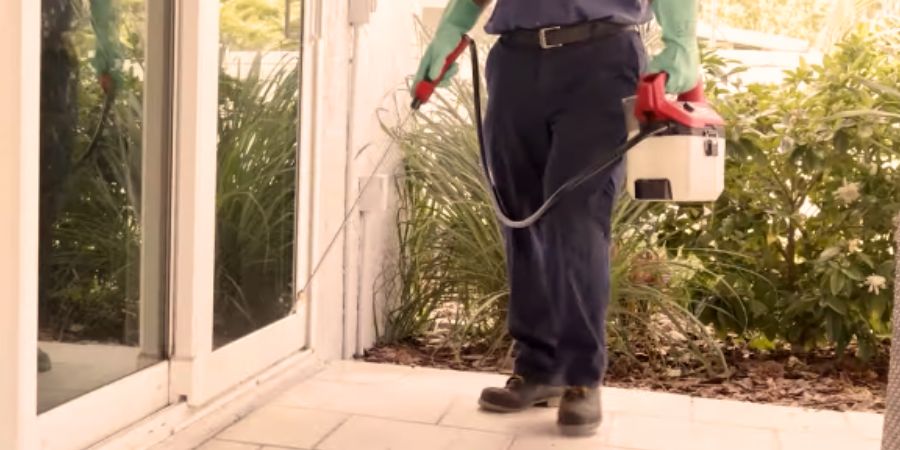
Backpack Sprayers
Backpack sprayers are designed for larger areas like small farms or vineyards. They are carried on the back of the operator, and they have a larger capacity than handheld sprayers. Backpack sprayers are available in both manual and motorized versions. They are ideal for applying pesticides, herbicides, and fertilizers.
Tractor-Mounted Sprayers
Tractor-mounted sprayers are attached to the tractor and are ideal for large-scale farming. They have a larger capacity than handheld and backpack sprayers and are designed to cover a larger area in less time.
They are available in both boom and boomless versions. Tractor-mounted sprayers are ideal for applying pesticides, herbicides, and fertilizers.
Self-Propelled Sprayers
Self-propelled sprayers are designed for large-scale farming and are ideal for applying pesticides, herbicides, and fertilizers. They are equipped with a large tank and are powered by a diesel engine. They have a high clearance and are designed to operate in rough terrain.
Aerial Sprayers
Aerial sprayers are used for large-scale farming and are ideal for applying pesticides, herbicides, and fertilizers. They are equipped with a large tank and are mounted on an airplane or helicopter.
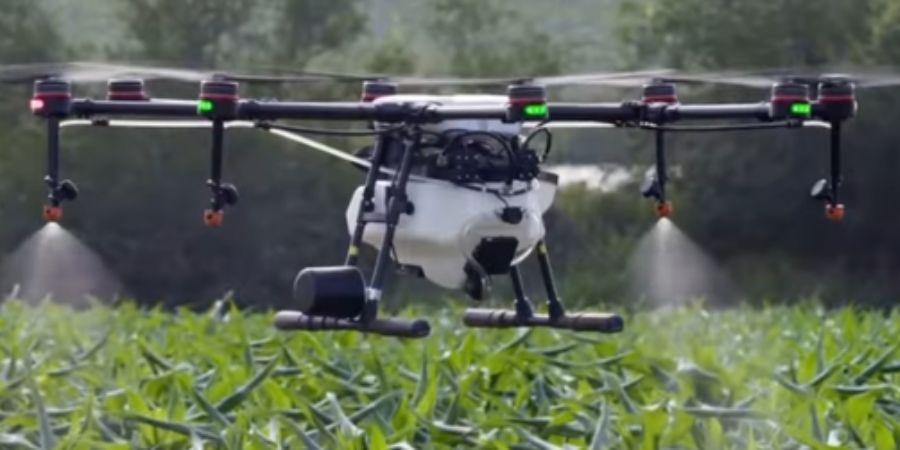
They are designed to cover a large area in a short amount of time. Aerial sprayers are ideal for applying pesticides, herbicides, and fertilizers to crops that are difficult to reach by ground.
Types of Sprayers Based on Capacity
In agriculture, sprayers are used to apply pesticides, herbicides, and fertilizers to crops. Sprayers can be classified based on their capacity, which refers to the amount of liquid they can hold and spray at a given time. There are three types of sprayers based on capacity: low-volume sprayers, high-volume sprayers, and ultra-low volume sprayers.
Low-Volume Sprayers
Low-volume sprayers are designed to spray small amounts of liquid over a large area. They are commonly used for applying pesticides and herbicides to crops.
These sprayers use a low volume of liquid, typically less than 20 gallons per acre, and produce small droplets that are easily carried by the wind. Low-volume sprayers are ideal for use in orchards, vineyards, and other areas where the crops are spaced far apart.
High-Volume Sprayers
High-volume sprayers are designed to spray large amounts of liquid over a large area. They are commonly used for applying fertilizers to crops.
These sprayers use a high volume of liquid, typically more than 50 gallons per acre, and produce large droplets that are less affected by the wind. High-volume sprayers are ideal for use in fields and other areas where the crops are close together.
Ultra-Low Volume Sprayers
Ultra-low volume sprayers are designed to spray very small amounts of liquid over a large area. They are commonly used for applying pesticides and herbicides to crops.
These sprayers use a very low volume of liquid, typically less than 5 gallons per acre, and produce very small droplets that are easily carried by the wind. Ultra-low volume sprayers are ideal for use in areas where the crops are very close together, such as in greenhouses or nurseries.
Overall, the type of sprayer used in agriculture depends on the type of crop, the size of the area being sprayed, and the type of liquid being applied. Farmers and growers must carefully consider these factors when selecting a sprayer to ensure that they achieve the best results.
Sprayer Nozzle Types
Various types of sprayer nozzles are available in the market, each with unique features and advantages. This section will discuss some of the most commonly used sprayer nozzle types in agriculture.
Fan Nozzles
Fan nozzles are the most widely used type of sprayer nozzle in agriculture. They produce a wide, flat spray pattern ideal for broadcast applications.
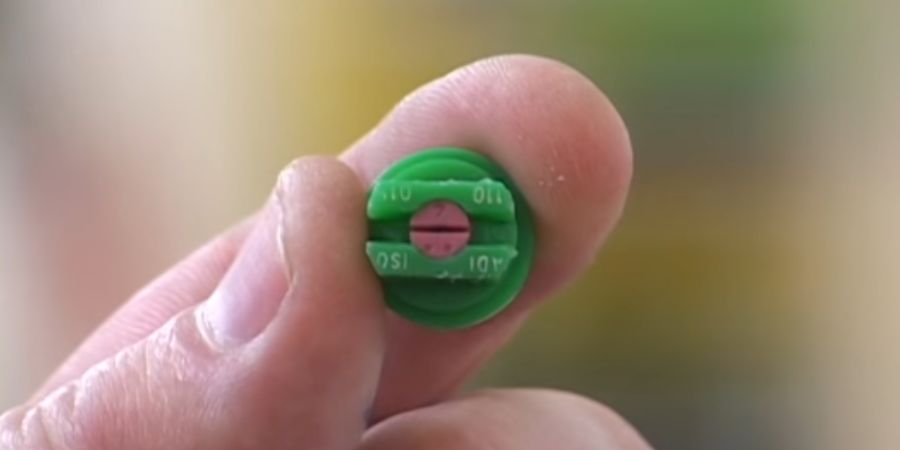
Fan nozzles are available in different sizes and spray angles, allowing farmers to choose the right nozzle for their specific needs. These nozzles are commonly used for herbicide and insecticide applications.
Cone Nozzles
Cone nozzles produce a cone-shaped spray pattern that is ideal for targeted applications. They are commonly used for fungicide and insecticide applications. Cone nozzles are available in different sizes and spray angles, allowing farmers to choose the right nozzle for their specific needs.
Flood Nozzles
Flood nozzles produce a wide, flat spray pattern ideal for applying liquid fertilizers. They are commonly used for foliar feeding and can apply liquid fertilizers to crops at different growth stages. Flood nozzles are available in different sizes and spray angles, allowing farmers to choose the right nozzle for their specific needs.
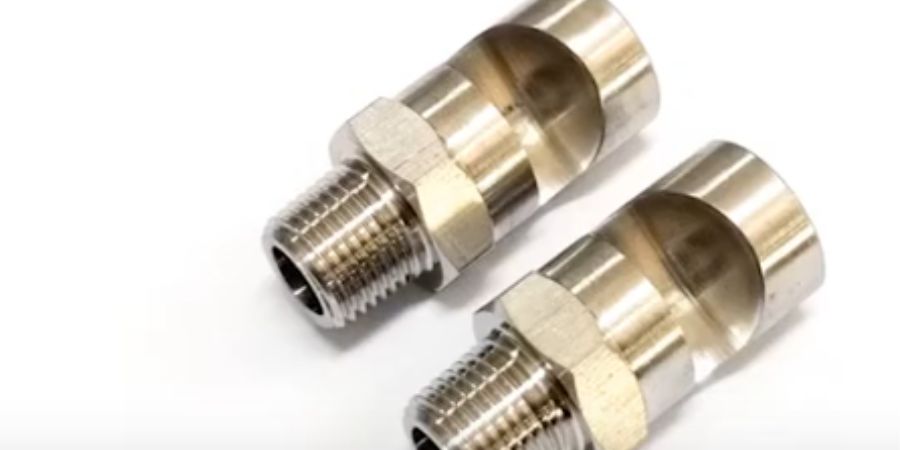
Other Specialty Nozzles
Various other speciality nozzles are available in the market, each with unique features and advantages. Some of these include air induction nozzles, which reduce drift and improve coverage, and turbo flood nozzles, which produce a wide, flat spray pattern at high pressures.
The right nozzle choice depends on the specific application and the sprayed crop type.
In conclusion, choosing the right sprayer nozzle is crucial for achieving optimal agricultural results. By understanding the different types of sprayer nozzles available, farmers can make informed decisions and choose the right nozzle for their specific needs.
Application Techniques for Sprayers
When it comes to the application of pesticides, herbicides, and fertilizers in agriculture, there are several techniques that farmers can use. Each method has its advantages and disadvantages, and the choice of technique will depend on the type of crop, the size of the field, and the type of product being applied.
Broadcast Spraying
Broadcast spraying is the most common application technique used in agriculture. It involves spraying the product over the entire field using a sprayer mounted on a tractor or other vehicle.
This technique is best suited for large fields with uniform crop growth. The sprayer is designed to cover a wide area, and the product is distributed evenly over the entire field.
Band Spraying
Band spraying is a technique that involves spraying the product in narrow bands instead of over the entire field. This technique is best suited for crops planted in rows, such as corn or soybeans.
The sprayer is designed to apply the product in a narrow band between the rows of plants, which reduces the amount of product needed and minimizes the risk of drift.
Spot Spraying
Spot spraying is a technique that involves applying the product only to specific areas of the field where weeds or pests are present.
This technique is best suited for fields with a low infestation level, where treating optionaleld is unnecessary. Spot spraying can be done manually, using a handheld sprayer, or with a specialized sprayer mounted on a vehicle.
Directed Spraying
Directed spraying is a technique that involves spraying the product directly onto the target plants or pests. This technique is best suited for crops planted in rows, such as vegetables or fruit trees. The sprayer is designed to apply the product directly to the plants, which reduces the amount of product needed and minimizes the risk of drift.
In conclusion, the choice of application technique will depend on several factors, including the type of crop, the size of the field, and the type of product being applied. Farmers should carefully consider each technique and choose the one best suited to their specific needs.
Innovations in Sprayer Technology
Precision Spraying
Precision spraying technology has revolutionized the agriculture industry by allowing farmers to target specific areas with the right amount of chemicals.
This technology uses GPS and mapping software to identify areas that need spraying while avoiding non-target areas. Precision spraying helps reduce the chemicals used, saving farmers money and reducing the environmental impact.
Electrostatic Spraying
Electrostatic spraying technology has been around for a while, but recent advancements have made it more efficient and cost-effective.
This technology uses an electric charge to attract droplets to the targeted area, improving coverage and reducing drift. Electrostatic spraying is particularly useful for applying herbicides and fungicides to crops.
Drone Spraying Technology
Drone spraying technology is the latest innovation in sprayer technology. Drones equipped with sprayers can cover large areas quickly and efficiently, reducing labour costs and improving accuracy. Drone spraying technology also reduces the risk of chemical exposure for workers and allows farmers to access difficult-to-reach areas.
Overall, these innovations in sprayer technology have improved the efficiency and accuracy of crop spraying, reducing costs and environmental impact while increasing yields.
Maintenance and Safety Tips
Maintaining and operating agricultural sprayers can be risky if not handled properly. Therefore, it is essential to follow some safety measures to avoid any accident or damage. Here are some maintenance and safety tips to consider while using a sprayer:
- Always wear personal protective equipment (PPE) such as gloves, boots, goggles, and a respirator to minimize the risk of chemical exposure.
- Inspect the sprayer before use to ensure all parts are in good condition and functioning correctly. Check for any leaks, clogs, or damages.
- Clean the sprayer after every use to avoid the build-up of chemicals and prevent contamination. Use a cleaning solution recommended by the manufacturer.
- Store the sprayer in a cool, dry place away from direct sunlight and heat. Keep it out of reach of children and pets.
- Follow the instructions provided by the manufacturer for mixing and applying chemicals. Always use the recommended amount of chemicals and water.
- Calibrate the sprayer regularly to ensure accurate application and avoid over or under-application of chemicals.
- Keep a record of the chemicals used, the amount applied, and the date of application. This information will help in future decision-making and reduce the risk of over-application.
By following these maintenance and safety tips, you can ensure the safe and efficient use of agricultural sprayers.
FAQs
How can farmers choose the right sprayer for their specific needs?
Consider the size of the farm, the type of crops, and the terrain. Knapsack and handheld sprayers suit smaller areas, while boom and tractor-mounted sprayers are ideal for larger fields. Matching the sprayer type to the specific requirements ensures efficient and targeted application.
Are there eco-friendly alternatives to conventional chemical sprayers?
There are environmentally friendly options, such as organic pesticides and biopesticides. Additionally, adopting integrated pest management practices can reduce the reliance on chemical inputs. Farmers can explore sustainable alternatives to minimize the environmental impact of agricultural spraying.
How do I calibrate a sprayer for accurate chemical application?
Calibration is crucial for ensuring the correct amount of chemicals is applied. Follow the manufacturer’s guidelines for calibration, which often involve measuring output in a given time. Regular calibration helps maintain precision, preventing under- or over-application of pesticides or fertilizers.
What maintenance practices are essential for prolonging the life of agricultural sprayers?
Regular maintenance is key to the longevity and performance of sprayers. Clean the equipment thoroughly after each use to prevent chemical residue buildup. Check for any damaged parts and replace them promptly. Lubricate moving components, inspect nozzles for clogs, and store sprayers in a cool, dry place to prevent corrosion.
Conclusion
In conclusion, agricultural sprayers are pivotal in crop protection and nutrient application. The diverse range of sprayer types caters to various farming scales and needs. As technology evolves, innovations like precision spraying and drone technology enhance efficiency.
Farmers must prioritize safety, maintenance, and eco-friendly practices. Choosing the right sprayer and application technique ensures optimal results, contributing to sustainable and productive agriculture.
Read also:


